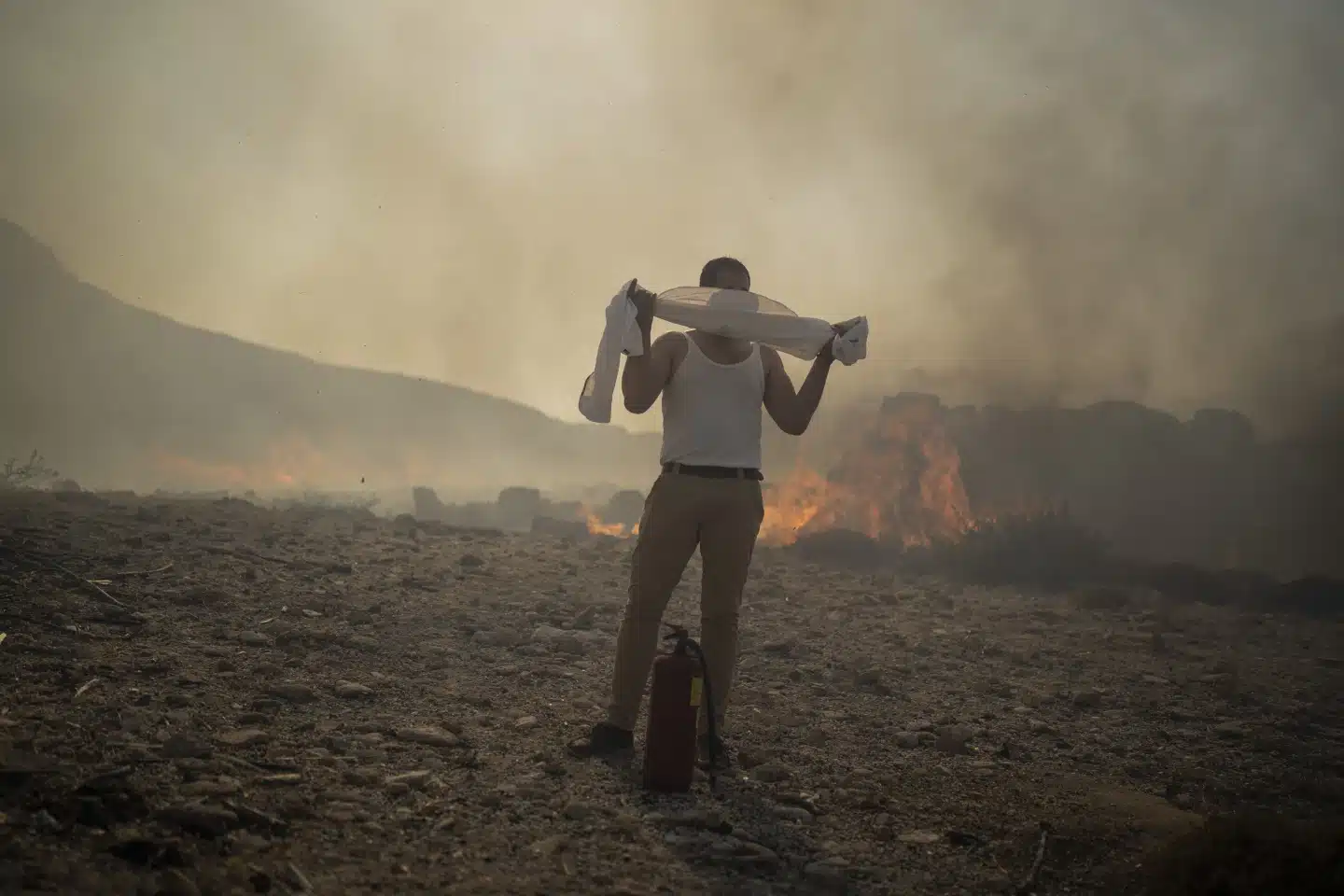Science
The First-Ever European Climate Risk Assessment Reveals A Continent Unprepared For Rising Extremes In 2024

According to the European Environment Agency’s first-ever risk assessment for the EU, released on Monday, Europe is facing escalating climate dangers and is unprepared for them.
According to the agency, Europe is becoming more vulnerable to more frequent and severe weather extremes, such as wildfires, drought, odd rainfall patterns, and flooding, and it must address them urgently to defend its energy, food security, water, and health.
These climate hazards “are growing faster than our societal preparedness,” according to the EEA’s executive director, Leena Ylä-Mononen.
The First-Ever European Climate Risk Assessment Reveals A Continent Unprepared For Rising Extremes.
The survey identified 36 significant climate hazards for the continent, including challenges to ecosystems, economics, health, and food systems, and discovered that more than half want stronger action now. It identified eight issues that require immediate attention, including ecosystem conservation, heat protection, flood and wildfire mitigation, and disaster assistance funding.
According to the analysis, Europe is the world’s fastest-warming continent, with temperatures rising twice as quickly as in other regions since 1980. The heat has been related to more powerful rains and floods, and the analysis anticipates lower rainfall and more severe droughts in southern Europe.
It warns that many of the climate dangers outlined will become catastrophic unless fast and decisive action is taken. It suggests that the EU and its member states work with regional and local governments to decrease climate risks and increase adaptation to warming.
Manon Dufour, Brussels director for climate think tank E3G, described the research as “a huge wake-up call” for the continent, with consequences for climate policy at the European and national levels.
At the European level, Dufour stated that the research might “open the eyes” of European leaders who are now preoccupied with security concerns, as weather change can impact economic and energy security.
On a national level, Dufour stated that the report should encourage finance ministers, in particular, “to make economic and social resilience the key priority.” She cited the report’s prediction that economic damages from heat waves and floods might total 1 trillion euros ($1.1 trillion) year by the end of the century.
“It’s clearly in our best interests to adapt to changing risks we can no longer avoid, including preparedness for larger extremes and surprises, and to keep the risks from spiraling out of control by reducing greenhouse gases,” said Maarten van Aalst, director-general of the Royal Netherlands Meteorological Institute.
The First-Ever European Climate Risk Assessment Reveals A Continent Unprepared For Rising Extremes.
Sven Harmeling, head of climate at Climate Action Network Europe, stated that Europe “can do more, even by 2030,” to reduce emissions from coal, oil, and gas combustion and increase investments in climate adaptation, particularly by preserving ecosystems such as wetlands and forests that can absorb carbon and act as natural extreme weather barriers.
He emphasized that any attempts to mitigate the effects of warming “must deliver this in a way that provides social and economic benefits for all.”
Silvia Pastorelli, a Greenpeace EU climate campaigner, agreed, adding that the bloc’s resilience measures, such as adapting homes to aid with heating in the winter and cooling in the summer, should prioritize the most vulnerable communities. “Fairness in the weather response is essential,” Pastorelli stated.
According to the report, the European Union and its member states have achieved “considerable progress” in recognizing and planning for weather hazards.
Europe, for example, “has done well in relation to coastal flooding,” according to Julie Berckmans, an EEA climate risk expert. She stated that there had been no catastrophic storm floods on the continent in 60 years, and some progress has been achieved in mitigating the health risks of heat and significant river floods.
The First-Ever European Climate Risk Assessment Reveals A Continent Unprepared For Rising Extremes.
However, greater action is required in these areas “because the risks are increasing rapidly,” she stated. Berckmans cited heat stress as an example of a serious issue for people. She suggested that countries and cities enhance spatial planning to better prepare for future heat-related health risks.
On Tuesday, the European Commission will unveil its action plan in response to the report.
EU Commission spokesperson Tim McPhie stated that the EEA’s study has “given a very clear warning and a very clear call to action of what’s to come.”
SOURCE – (AP)































